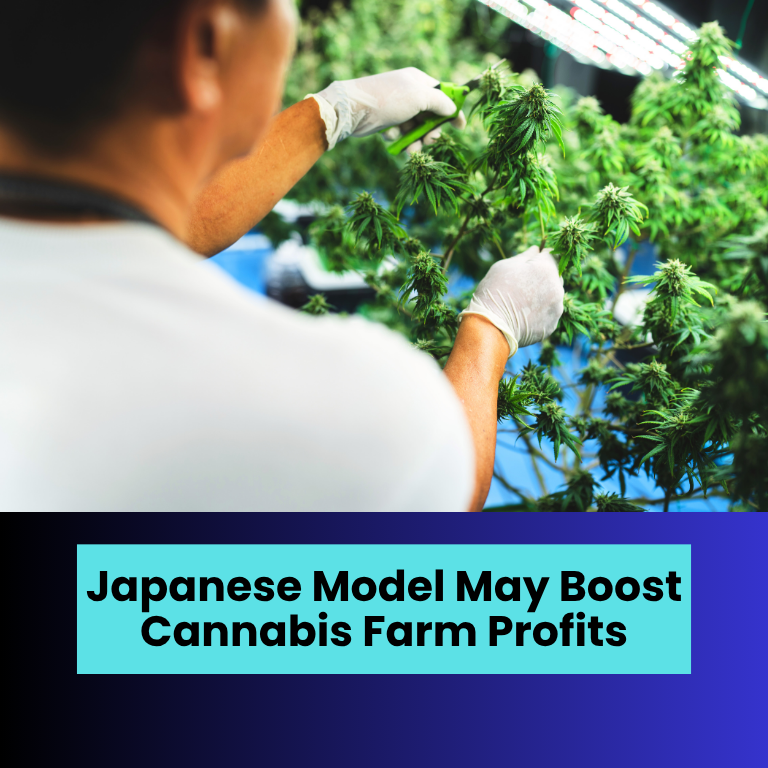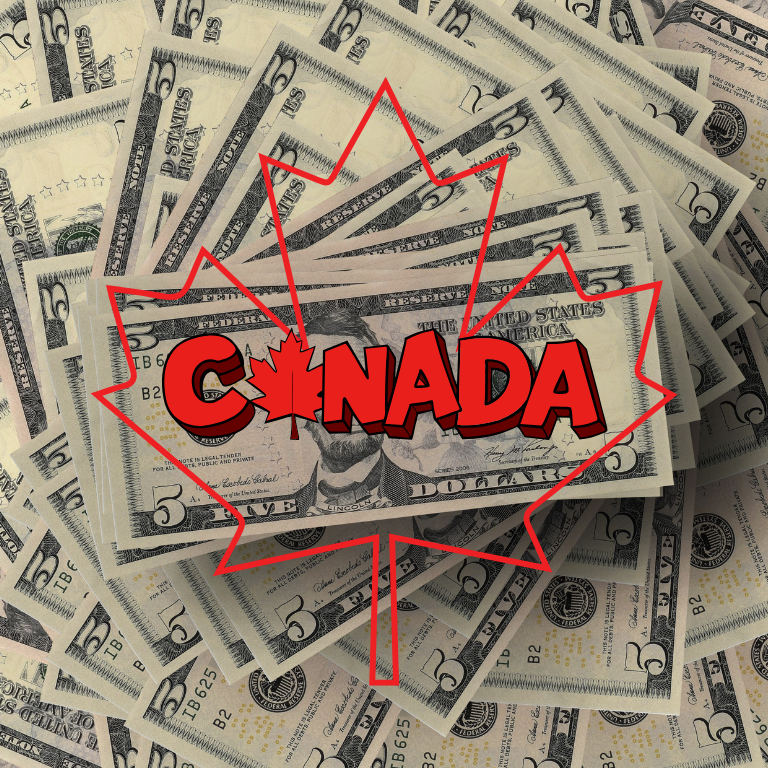Applying Japanese Kaizen Principles to Cannabis Cultivation for Long-Term Profitability
How Continuous Improvement Can Drive Cost Reductions and Quality Gains in Cannabis Operations
In the rapidly evolving cannabis industry, where margins are tightening and regulatory oversight is intensifying, producers are increasingly looking to proven business methodologies to remain competitive. One of the most powerful yet underutilized strategies in cannabis cultivation is the Japanese principle of kaizen, or continuous improvement (CI).
Originally developed in Japanese manufacturing environments, kaizen emphasizes incremental changes to internal practices, processes, and decision-making frameworks — all with the goal of increasing efficiency, reducing waste, and enhancing product quality.
For cannabis cultivators, this principle offers a pathway to systematically lower the cost of goods sold (COGS) while preserving or improving product quality. Applying kaizen to cultivation means improving data collection, optimizing inputs like light and nutrients, and tightening purchasing strategies — all of which can compound over time into substantial financial and operational benefits.
Monitoring Light Levels to Ensure Optimal Photosynthetic Efficiency
Cannabis cultivation starts with light. Like all photosynthetic organisms, cannabis plants convert light energy into chemical energy through photosynthesis — a process that directly affects biomass production, potency, and yield.
To maximize this potential, growers must move beyond generic lighting schedules and begin measuring actual light intensity across the canopy in micromoles per square meter per second (µmol/m²/s). This data allows operators to fine-tune light delivery to match each stage of plant growth — from vegetative development to flowering.
Kaizen dictates that light levels be routinely assessed using precision instruments to ensure every square foot of the grow room receives adequate exposure. Continuous refinement of light placement, spectrum, and timing leads to measurable increases in crop quality and energy efficiency.
Dialing in Temperature, Humidity, and VPD to Maximize Plant Metabolism
Temperature and humidity are not just background conditions — they are active components of the cannabis growth process. Enzymatic activity, which governs the rate of photosynthesis, occurs optimally within specific temperature windows. Too cold, and growth slows; too hot, and enzymatic systems degrade.
Humidity must also be managed with care. Relative humidity (rH) affects transpiration rates and nutrient uptake. Low humidity can lead to excessive nutrient absorption, while high humidity invites mold and microbial contamination — especially in dense flowering buds.
Kaizen implementation involves tracking and adjusting temperature and rH based on growth stage and plant responses. These measurements can be synthesized into a metric called vapor pressure deficit (VPD) — a powerful predictor of plant performance. Maintaining the optimal VPD improves both biomass accumulation and disease resistance.
Treating Water and Carbon Dioxide as Strategic Resources, Not Afterthoughts
Water and carbon dioxide are fundamental to plant physiology — yet they are often treated as constants rather than variables. Kaizen reframes these inputs as data points to monitor and improve over time.
For irrigation water, seasonal variations in mineral content — especially from wells — can lead to subtle nutrient imbalances. Sodium, in particular, can accumulate and damage root zones if not monitored. Regular water quality testing allows growers to adapt nutrient formulations before problems arise.
Carbon dioxide, meanwhile, is essential to high-yield indoor cultivation. During daylight hours or under artificial lighting, cannabis plants actively consume CO₂. While atmospheric CO₂ is typically around 425 ppm, optimal indoor flowering requires concentrations closer to 1,200–1,300 ppm.
Even slight inaccuracies in CO₂ delivery can cut yields substantially. Continuous sensor calibration and real-time data logging ensure that these systems remain within tolerance — preventing costly crop underperformance.
Reducing Landed Costs by Optimizing Supplier Selection and Freight Efficiency
Many cannabis businesses focus narrowly on unit price when sourcing raw materials, but kaizen teaches us to consider landed cost — the full cost of an item, including freight, taxes, and handling.
Growers can save significantly by consolidating vendors, negotiating for bulk purchasing, and coordinating freight deliveries to reduce logistics overhead. This is especially impactful for supplies like containers, growing media, and nutrients, where transportation costs can exceed item costs on a per-unit basis.
By treating procurement as a continuous improvement process, operators can eliminate waste in the supply chain and lower COGS without sacrificing product quality or vendor reliability.
Purchasing Closer to the Source to Minimize Price Escalation Along the Supply Chain
The further a cultivator is from the source of their materials, the more layers of markup they will incur. Kaizen encourages operators to reexamine the supply chain and find opportunities to bypass intermediaries when appropriate.
Whether it’s sourcing directly from manufacturers or bypassing regional distributors, growers can often find better pricing — and more consistent product quality — by shortening the chain.
Additionally, developing strategic vendor relationships allows cultivators to negotiate long-term pricing, lower minimum order quantities, and coordinate freight more sustainably.
Applying Math and Science to Reduce Nutrient Waste and Environmental Impact
Fertilizer usage is one of the most controllable components of COGS. While dozens of branded formulations exist, the science of plant nutrition is grounded in precision — not marketing. Kaizen requires cultivators to quantify exactly how much nutrient solution is needed for each growth stage, reducing overuse and runoff.
By refining mixing concentrations, growers can shave off several cents per gallon of nutrient solution. In facilities that use thousands of gallons weekly, this equates to thousands of dollars annually in savings.
Furthermore, more precise nutrient application improves plant uptake efficiency, reducing the environmental burden of excess phosphorus or nitrogen entering the waste stream.
Committing to Continuous Improvement as a Core Business Ethic in Cannabis
Ultimately, the kaizen model teaches that progress is never finished. The most successful cannabis operations will be those that treat every aspect of their production — from sourcing and staffing to plant care and packaging — as a living system that can be measured, improved, and optimized over time.
By embracing this mindset, cannabis cultivators can realize tangible reductions in cost, boost long-term profitability, and deliver higher quality products to a competitive market.
In an industry still finding its economic footing, kaizen offers a stable, proven path forward — one data point at a time.
OG source












